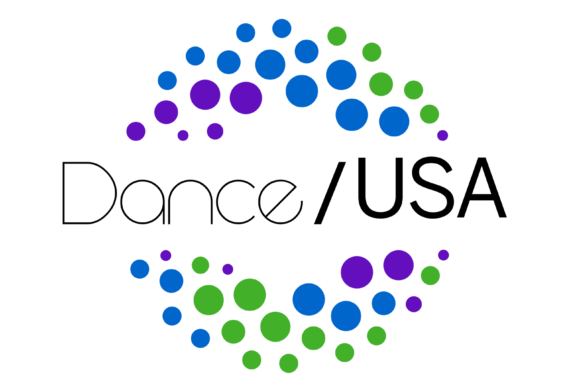Ballet’s Biggest Annual Party: Freelancing ‘The Nutcracker’
The period between Black Friday and Boxing Day is
commonly the most financially rewarding for big and
small businesses alike. Ballet is no exception. During this period, ballet companies
across the country throw their biggest annual holiday party, which helps keep many a ballet company afloat, providing essential operating funds.
Just as big and small businesses benefit from holiday spending,
freelance dancers like Barry Kerollis benefit from The Nutcracker. Read on to see how this Philadelphia-based dancer navigates the ups and downs of Nutcracker madness.
What I Learned From Ballet
I am passionately in love with being onstage. It’s terrible. The
can’t-eat-can’t-sleep-euphoric kind of love. When you find that love
early in life it’s hard for much of anything else to stand up in
comparison. And when it does, you fall in deep because that’s the only
way you know how.
Dance Visionary Barbara Weisberger Celebrates her Ernie Award and More
On Thursday afternoon, June 13, during Dance/USA’s 2013 conference in Philadelphia, Barbara Weisberger, respected doyenne of dance, will
receive the Ernie from Dance/USA for her visionary leadership and contributions to the field. The prize,
named for the first recipient, Ian Ernie Horvath, arts advocate, dancer,
and founder of the Cleveland Ballet in his native city, is fitting for Weisberger as Horvath was both a colleague and a friend of hers. Read more about the woman who was Balanchine’s first child student and later the founder of the Pennsylvania Ballet.
Resources for Touring China
Resources to get you started on your artistic journey to China from cultural exchange broker Alison M. Friedman.
The Executive Pas de Deux
Times have changed significantly since George Balanchine and Lincoln Kirstein joined forces in the 1940s to create the New York City Ballet. Yet the model those two men established for the administration of the American dance company remains: an artistic director reigning over the creative wing of the organization, an executive director administering the business side of things, and a board of directors to ensure fiscal responsibility, remains. Too often an imbalance between those arms of a company develops especially when the push-pull dynamic between the innately challenging AD and ED positions becomes overwrought. But like a strong marriage or a grand pas de deux, many such partnerships do thrive. They take hard work, skillful communication, and an evolving collegial relationship.
Framing Discourse Around Equity
By Jennifer EdwardsThe following conversation took place on Twitter during the Dance/USA Forum in New York on January 11, 2013:Me: #APAPnyc So in this conversation of shifting demographics and “diversity” I have heard the word “queer” exactly once.Ellen Chenoweth: @jenniferedwards great point, would like to see graphs around age and demographics there too.AXIS Dance Company: @jenniferedwards true. We also see[m] to be forgetting disability as a form of diversity here #Apapnyc @danceusaorgDanc…
The Hunt for New Work: Matching Choreographers to Companies
Selecting new choreographers for a program or a season seems a
straightforward enough process at first glance. Read on to find out how artistic directors
seek out new works for their companies sifting the choreographic gold from the dross.
Disaster Relief Information
With extraordinarily wide-spread destruction in the aftermath of
Hurricane Sandy, grantmakers across the country will be looking to help
with the cleanup and rebuilding. Here are some resources to remember
The Artists’ Residency: Planting Creative Seeds
The artist residency is a venue that offers artists creative, generative
time away from their normal place of work; a space in which the
creation can follow inspiration, rather than an imposed schedule. The
opportunity to change one’s environment, have dedicated creative time,
and invest in process is, in my view, becoming increasingly critical in
our field of multitasking artist/administrators.



Symbiosis and Support
“Outside of change, the only constant in art is community,” writes choreographer, dancer, and educator Helanius Wilkins. Read more about his thoughts on creating conducive artistic communities by working collaboratively and symbiotically with fellow members of the creative class.